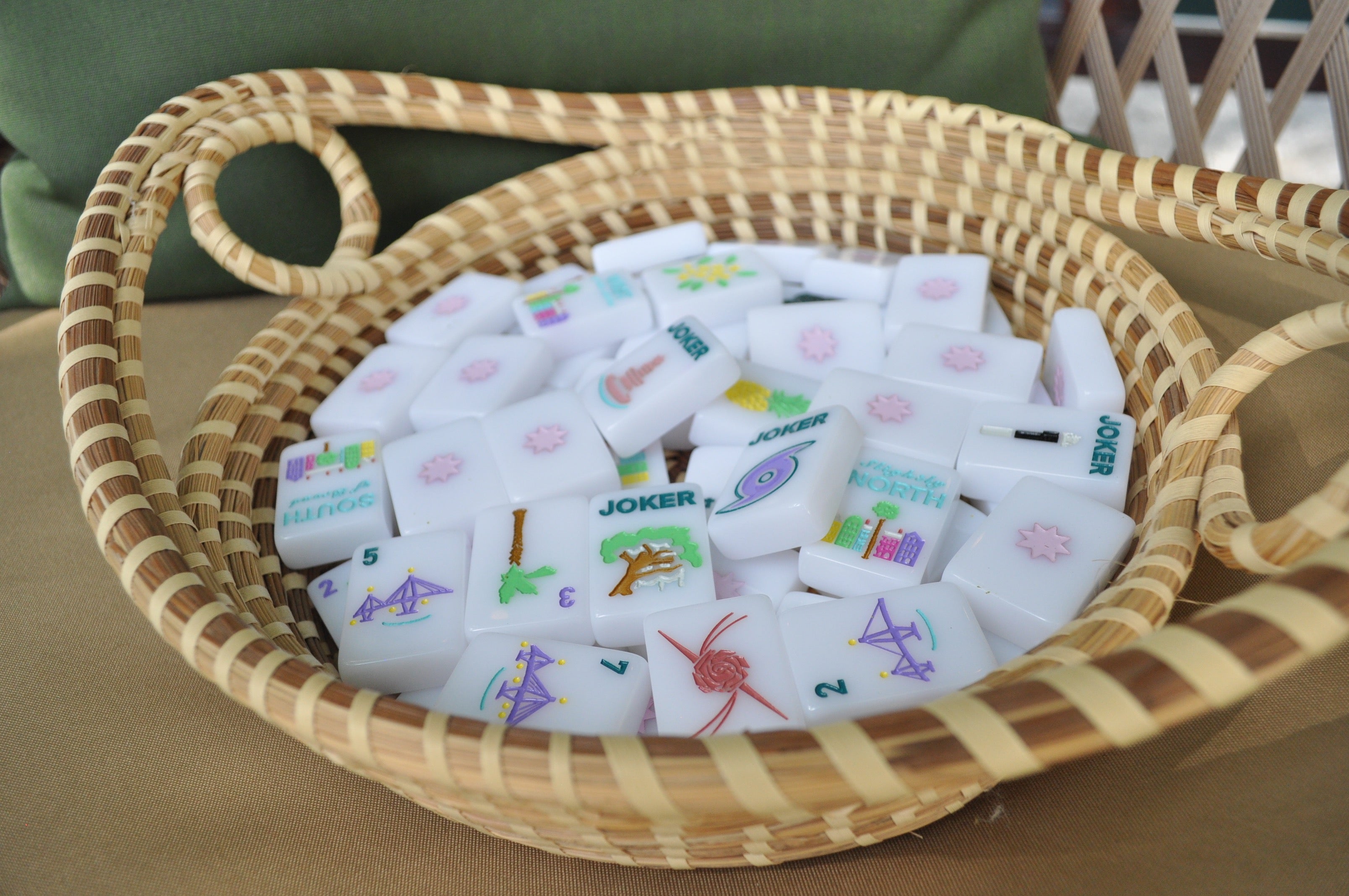
History & Gratitude
Mahjong As Our Bridge
Mahjong As Our Bridge
With sincere and ever-present gratitude, we acknowledge the rich history and evolution of the game of mahjong, which includes complicated social, racial, and cultural implications. We continue to learn about the game’s origins in South China and how it grew throughout the late 1800s, its wide-spread popularity in the early to mid century in America by Jewish women, the origins of the NMJL, and why it has withstood the test of time and is gaining in a renewed sense of popularity in America today.
The word “mahjong” translates literally to “sparrow” in southern Chinese dialects. It has always been a satisfying game, from the audible chirps of the tiles to the visual structure of the game’s format to the tactile elements of the tiles, cards, mats, and racks. Most importantly, though, is the deeply social and communal current that runs through, within, and all around this incredible game. It is this entity, connection, that is the main driving force of its maintained popularity, and connection is a universally human need.
Our tiles intentionally do not contain Asian characters or any Americanized Asian theming as an acknowledgement that we hold deep respect for the women who developed and played this game with friends and generationally. They used symbols and characters that represent their lives, history, and culture, which belong to them, not to us. Our goal is to honor, and never take away from, all of the women who came before us. We long for connection to our past as we move towards our future. We bear our grandmothers’ names and hold their belongings with pride, beloved mementos of our collective history... all out of love, a little grief, hope, and connection.

